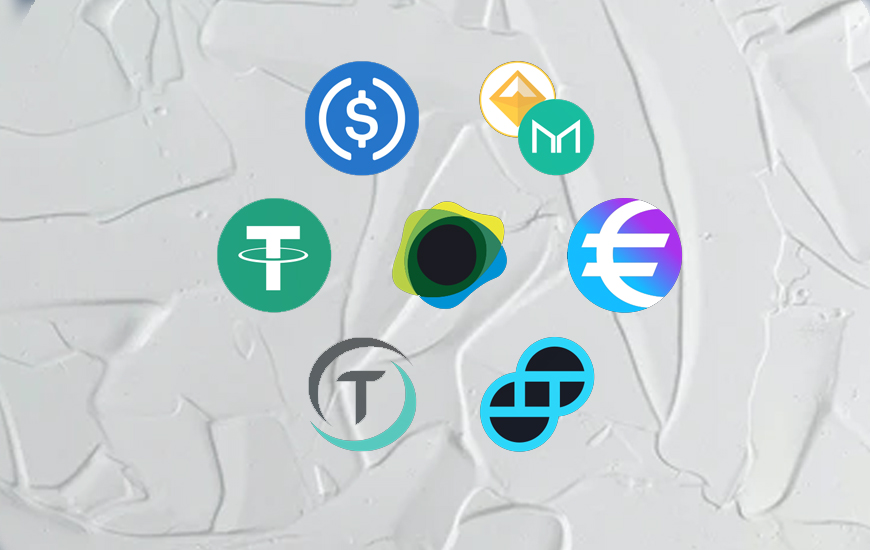- Cryptocurrency gives an alternative to the existing monitory system controlled by nation-states
- DeFi has diversified and offers a wide range of services and utilities
- DeFi depends upon reserve backed stablecoins
Efforts to bring Stablecoins under some regulatory setup have been going on for some time. These developments could make stablecoins much akin to existing fiat currency. If such a situation arises, it will start an intense competition for control on the lifeblood of the cryptocurrency industry.
Shortcomings of the existing financial regimens
The birth of cryptocurrencies can be attributed to the shortcomings of the existing financial regimens. Therefore, the cryptocurrency was created to serve as an independent financial system to give an alternative to the current monetary system controlled by nation-states.
Decentralized Finance has emerged as a fresh offshoot of the industry that mainly offered trade, investing, and transacting a couple of years ago. Today DeFi has diversified and offers a wide range of services and utilities around payments, digitally native financial services, and financial inclusion. Since the current fiat currency system is controlled by the Federal Reserve and the United States dollar, cryptocurrency is the first real effort to separate the state from money.
Stablecoin offers services beyond cryptocurrency trading
Today stablecoins market cap is $108 billion as of July, representing ~7% of the total cryptocurrency market cap. Stablecoin is offering services that are beyond the utility of cryptocurrency trading. Stablecoin offers better transaction speeds, unfettered payments across national boundaries, lower transaction fees, and, finally, programmable money.
Programmable money can be put into several uses, including remittances, micropayments, commercial payments, bank deposits and withdrawals, payroll, escrow, store of value, settlement, lending, wealth management, and foreign exchange trading, and powering decentralized applications.
The development of DeFi depends upon reserve-backed stablecoins, and it includes tether (USDT) and USDC. USDT and USDC dominate the proceedings in most decentralized exchange (DEX) trading pairs and lending markets. Other lending platforms and DeFi applications work on stablecoins like dai and USDC to mitigate volatility in crypto markets and attract more investors.
Cryptocurrency is heavily influenced by stablecoin
The influence of stablecoin on cryptocurrency cannot be underscored. If any stablecoin starts to lose value or financial stability, the effects it will be having on the cryptocurrency sector will be catastrophic.
If a significant section of stablecoin holders decides to sell their tokens, it is uncertain if stablecoins would rapidly liquidate enough investments to meet the demand. A sudden lack of faith precipitated by some event could cause the cryptocurrency market to experience a catastrophic liquidity shock.
Efforts to bring stablecoin under some form of regulatory control have intensified in recent times. FATF or the Financial Action Task Force, which tracks terror financing, has already said that stablecoins could be used just like cryptocurrencies for money laundering and terrorist financing activities.
In line with this, the STABLE Act was introduced in the U.S. Congress, which required stablecoin issuers and institutions to become licensed members of the Federal Reserve System and adhere to appropriate banking regulations.
The President’s Working Group on Financial Markets (PWG) is also deliberating about all aspects of stablecoins, including its rapid surge and its potential use as a payment tool. The group also reflected on the potential risks to end-users, the financial system, and U.S. national security. The meeting ended with Treasury secretary Janet Yellen urging regulators to “act quickly” on regulating stablecoins.
Any regulation which will come into force for stablecoins will be firmly under the control of the Federal Reserve. The Federal Reserve has also, in partnership with Yale University, released a paper that proposes two significant ways in which stablecoins can be regulated.
One way is to change stablecoins into the corresponding public money by issuing them via FDIC-insured U.S. banks or backing them 1:1 with U.S. Treasury bonds. It is a similar system of oversight as with U.S. bank deposits.
The other path will be to release an American CBDC and tax stablecoins so that the so-called “private money” is erased out of existence. It could essentially make a government-issued CBDC the de facto stablecoin of the cryptocurrency world.
Both the routes suggested will lead to the dollarization of the stablecoin. The non-algorithmic coins such as tether and USDC will dominate the space. Although the stablecoin values were always pegged with dollars, pegging reserves and compliances to the Federal Reserve will eventually change these international instruments to U.S. financial oversight.
Algorithmic stablecoins and DeFi might stay out of the regulatory loop for some time but not forever. It is not clear if these stablecoins will earn the trust of the average retail consumer.

Andrew is a blockchain developer who developed his interest in cryptocurrencies while pursuing his post-graduation major in blockchain development. He is a keen observer of details and shares his passion for writing, along with coding. His backend knowledge about blockchain helps him give a unique perspective to his writing skills, and a reliable craft at explaining the concepts such as blockchain programming, languages and token minting. He also frequently shares technical details and performance indicators of ICOs and IDOs.


 Home
Home News
News










